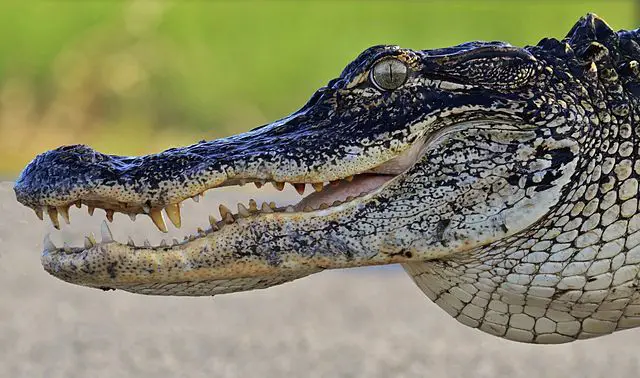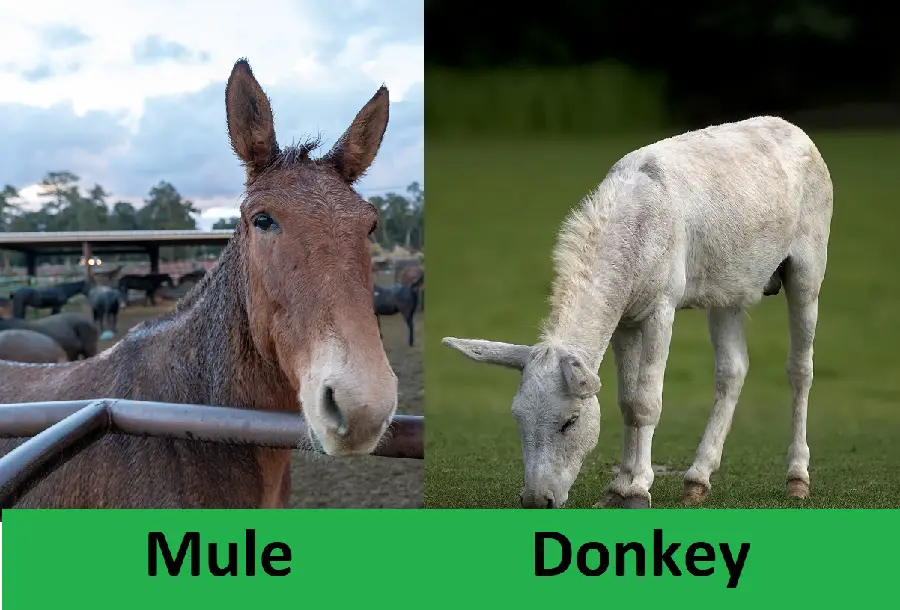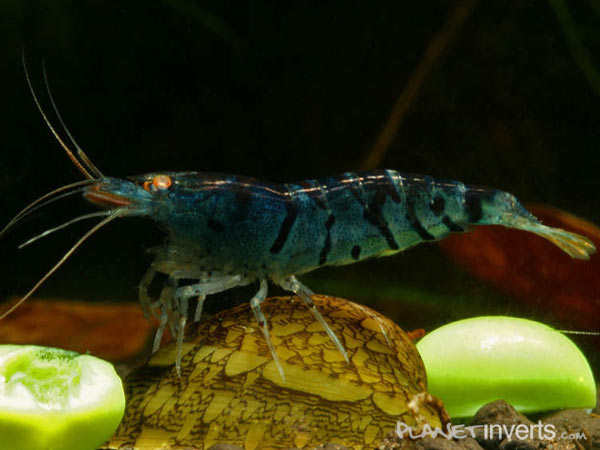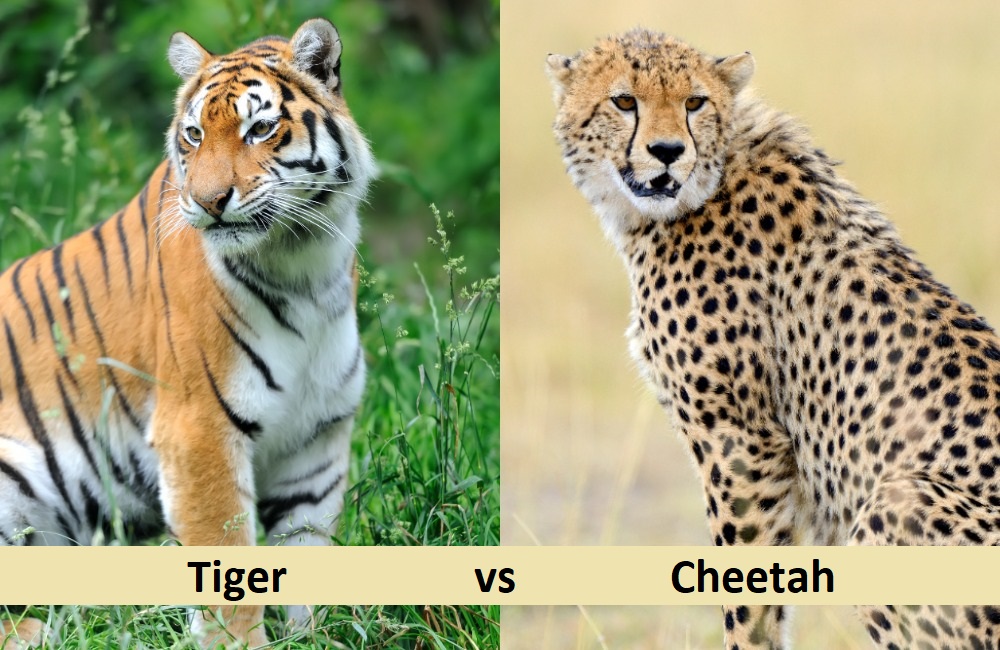Duck and Goose: What Are The Differences
Often there is confusion about whether there actually is a difference between duck and goose. But let us assure you, they are two separate species of bird that belong to the same family.
To find out about the differences in details, read on as we take you through all you may need to know with the comparison of duck vs. goose.
What Is a Duck?

Ducks are small to medium-sized aquatic birds who live close to ponds, rivers or lakes and other water bodies. They love to eat seeds, small fishes, snails, and small aquatic plants of any sort.
Ducks are very calm and peaceful as animals, so they do not readily react to the company until they become very uncomfortable.
As a species, they are pretty vulnerable, so they tend to have many natural predators. Ducks are often farmed due to this reason, as someone can take measures to protect them from predators and also farm them for eggs, feathers, and meat.
What Is a Goose?

Goose tends to range from medium to large animals due to their long necks, long feet, and elongated bodies. They are often herbivorous, but occasionally, some kinds might eat small fish or insects.
A goose can fly a very long distance due to their strong wings and use this as an advantage when they need to migrate from one country to another.
They tend to fly to warmer climates and fly in flocks as geese always fly together. Sometimes they create a V while flying to increase their range of flying.
On average, a goose lives up to 20 to 30 years.
Duck vs. Goose

One of the major differences between duck vs. goose is the number of bones both waterfowl have in their neck.
Ducks have less than 17 neck bones, while geese have up to 24 neck bones. You can visibly see this difference as geese have longer necks than ducks.
Most ducks also have shorter legs compared to geese. They also have different food diets. While ducks can eat seeds, insects, and snails or slugs, geese are herbivorous and often only consume grass.
Ducks tend to have very vibrant shades of feathers such as orange, yellow and green. In comparison, geese have grey, white and black shades in their feathers.
Comparison Table between Duck and Goose
Now that we have discussed what separates them let us compare the unique traits of both duck and goose.
| Parameter of Comparison | Duck | Goose |
| Size | Duck tends to be comparatively smaller than the aquatic bird. | A goose has a quite elongated body and ranges from medium to large aquatic birds. |
| Food | Seeds, small fishes, snails, plants | Majority are herbivores |
| Number of Species | Approximately 90 species | Less than 30 species |
| Feather | Yellow, green, orange, black | White, black, or white |
| Sound | Female ducks make quacking sounds | Makes honking sounds |
Dove vs. Pigeon: 4 Major Differences
Main Differences between Duck and Goose
- A duck is relatively smaller than a goose, and they also have smaller necks and feet.
- Most ducks cannot fly great distances, while some might not be able to fly at all. A goose, however, can fly a long distance.
- All ducks have smaller necks and feet, while all geese have a longer neck, longer leg, and a more elongated body.
- While a female duck makes quaking sounds, every goose usually communicates by creating honking noises.
Final Words
Both of these birds might look similar when you do not know which traits set them apart. But now that you do know how to spot the key differences with our write-up on duck vs. goose, we assure you that this task will be so much easier.
When you feel too lost, try to remember the color of the feathers of both birds!





